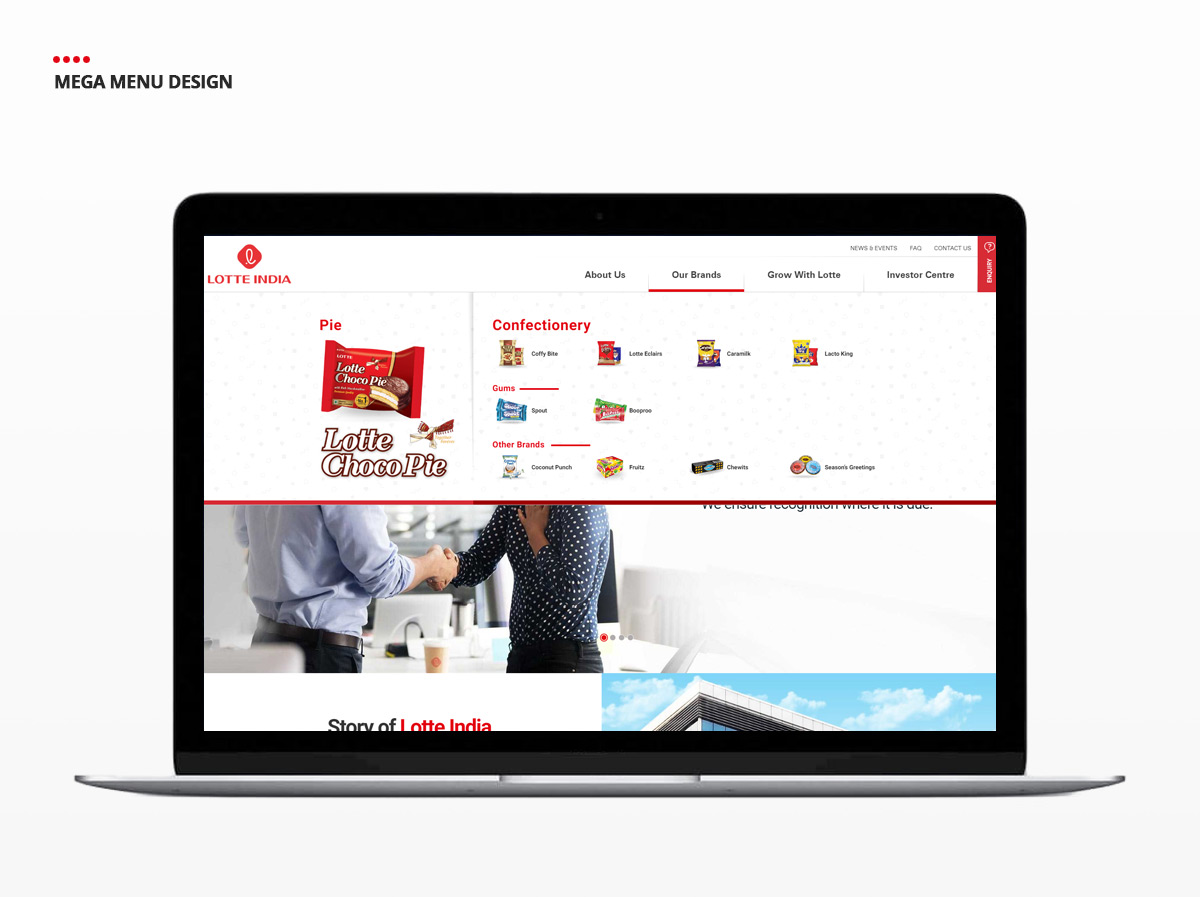Table of Contents
Consumer psychology is a growing field of psychology that studies how our thoughts, beliefs, feelings, and perceptions influence how people buy and relate to goods and services.
Why Consumer psychology is important in Digital era?
Because businesses need to understand their consumers to develop products and marketing campaigns that appeal to their target audience, marketers/ consumer psychologists often spend time learning more about what makes shoppers tick.
Understanding Consumer behavior:
Using psychology to segment consumers has been regarded as a valuable adjunct to standard geo-demographic definitions of market segments.Understanding the buyer is one of the most important tasks of a Marketing manager. His/her analysis depends on 7 important parameters. They are occupants of the market or consumer; their objects, that is what do they buy; their objectives for buying a specific product; the organization what encourages and extend to meet the consumer demand; the mode of buying; what are the occasions the consumer choose to buy etc.
There are several stages, a consumer goes through before he/she finally picks up things available in the market. Various factors, be it cultural, social, personal or psychological influence the buying decision of individuals.
It is important for marketers to understand what prompts a consumer to purchase a product and what stops him/her from buying.
The majority of marketers aren’t psychologists. But many successful marketers regularly employ psychology in appealing to consumers.
Smart, skillful, honest marketers use psychology legally, ethically, and respectfully to attract and engage consumers, and compel them to buy.
Attitude of consumers:
Attitude of a specific consumer towards a specific product or service is one of the important factors a marketing manager must know. Some products which fits the pre-existing beliefs will sell faster than that doesn’t fit.
What marketers need to understand?
The psychology of consumers (what they feel about a product and their brand overall).
How consumers are influenced by their immediate surroundings, family members, friends, coworkers and so on.
Consumer Segmentation:
What a consumer thinks when he/she goes out for shopping?
A marketer needs to first identify his/her target consumers and understand their lifestyles, psychology, income, spending capabilities, to offer them the right product.|
Individuals from lower income group would never be interested in buying expensive and luxurious products. He/she would first fulfill his/her basic physiological needs like food, air, water etc. Trying to sell a Mercedes or a Rado watch to someone who finds it difficult to make ends meet would be a disaster.
Kellogg’s K special would hardly find any takers in the low-income group. In this segment, individuals would be more interested in buying fresh fruits, vegetables, pulses which are necessary for their survival rather than spending on health supplements.
It is essential for the marketers to understand the needs of consumers.
It is also important to give complete information to end-users. Individuals should be familiar with not only the benefits but also the side effects of the products.
Marketers must also consider:
- Age group of consumers
- Geographical location
- Lifestyle of consumers
- Social Status of consumers
Funky designs, loud colours would be a hit among teenagers whereas middle aged and elderly people would prefer subtle colours and sophisticated designs.
Salwar Suits are extremely popular in North India whereas females prefer saris and skirt blouses in eastern and southern parts of India.
Individuals from posh localities and good jobs would show keen interest towards buying exclusive and unique products as compared to individuals who do not come from an affluent background.
Companies can benefit significantly in improving and innovating on their product range by trying to engage in some of the following `psychological’ activities: –
- Taking frequent opportunities to talk to customers
- Encourage them to tell you stories about how they use the product, what works well for them and what doesn’t, what they would like to see improved or changed.
- Ask customers how they like using the product, how it makes them feel and how they think owning or using it reflects on them.
- Ask them which of their family members decided on buying your product and how that decision was reached in their household and whether that pattern was typical
- Record all customer problems, criticisms and suggestions and analyze these regularly to look for common patterns. Encourage them to think of innovative ways to solve these problems.
- Observe which ones work and which ones don’t and talk to the customers about why this is. This process becomes easier as it becomes part of your normal culture and practice.
FAQ
What would be the E-Commerce future in India?
By the end of 2021 there will be over 600 million internet users in India. On account of the users, the E-Commerce sector is expected to hit a whopping 200 billion USD by 2026. There are several E-Commerce trends that are making their way online, including smart devices that use voice activated commands to do your shopping on. There has been increased personalization in ads and promotions that has significantly boosted conversions. Much of online marketing will soon be automated, freeing precious human resource from mundane marketing tasks. There is widespread use of AI and VR to enhance customer experience. In 10 years, India’s E-Commerce industry is expected to become the second largest E-Commerce market in the world.










